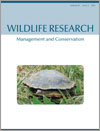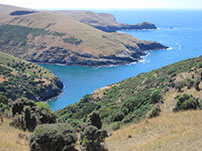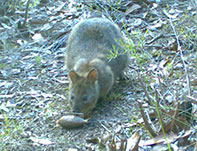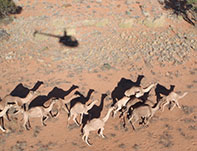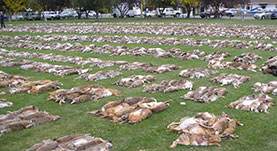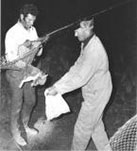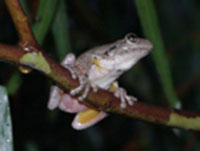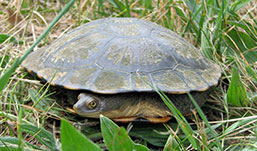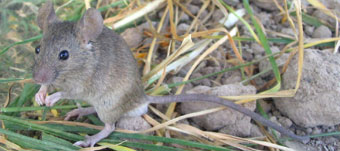WR14033Is wedge-tailed eagle, Aquila audax, survival and breeding success closely linked to the abundance of European rabbits, Oryctolagus cuniculus?
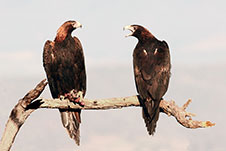
Wedge-tailed eagles are often considered to be highly dependent on introduced wild rabbits as prey. However, the spread of myxomatosis and subsequently rabbit haemorrhagic disease did not result in a general decline in eagle abundance, reduced clutch-size or poor nesting success. The conservation of wedge-tailed eagles should not be seen as an obstacle for continuing rabbit control for other conservation objectives, especially those that enhance populations of native prey such as kangaroos. Photograph by Mark Osgood.


